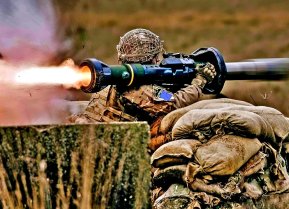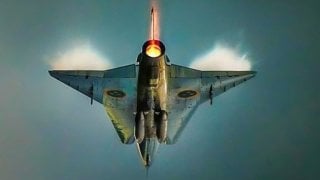Saab 35 Draken: The Mach 2 Fighter Built for a War with Russia
The Swedish Saab 35 Draken, developed in the 1950s, was a pioneering all-weather interceptor with a delta wing design, capable of the Cobra maneuver and reaching Mach 2 speeds.
Summary: The Swedish Saab 35 Draken, developed in the 1950s, was a pioneering all-weather interceptor with a delta wing design, capable of the Cobra maneuver and reaching Mach 2 speeds.
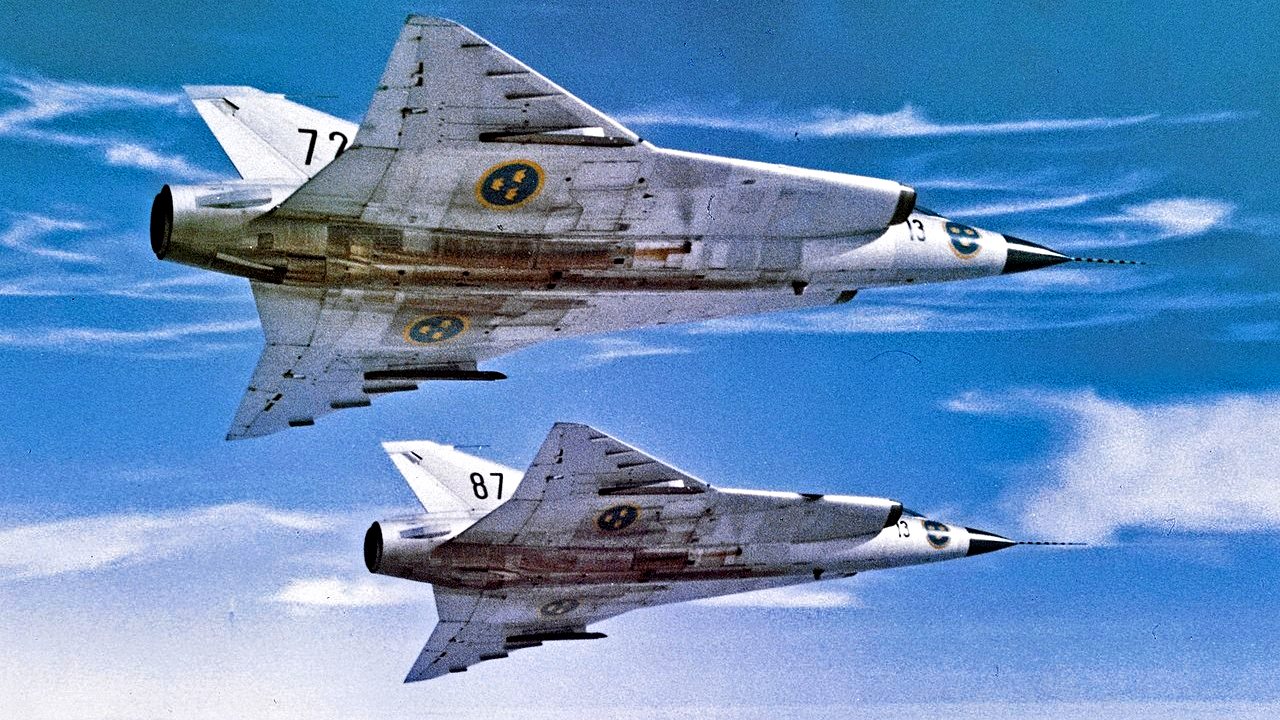
-It was armed with air-to-air missiles, air-to-ground munitions, and a 30mm gun.
-Serving in several air forces, the Draken helped maintain Sweden's neutrality during the Cold War.
-Its legacy includes advanced configurations and continued upgrades into the 1980s, showcasing Sweden's commitment to robust air defense.
Saab 35 Draken: Sweden's Cold War Air Superiority Fighter
World War Two ended amid great anticipation about the future of technology. In their race to win the war, both the Allies and Axis developed, tested, and fielded increasingly more advanced weapons, including nuclear weapons, ballistic missiles, and fighter jets.
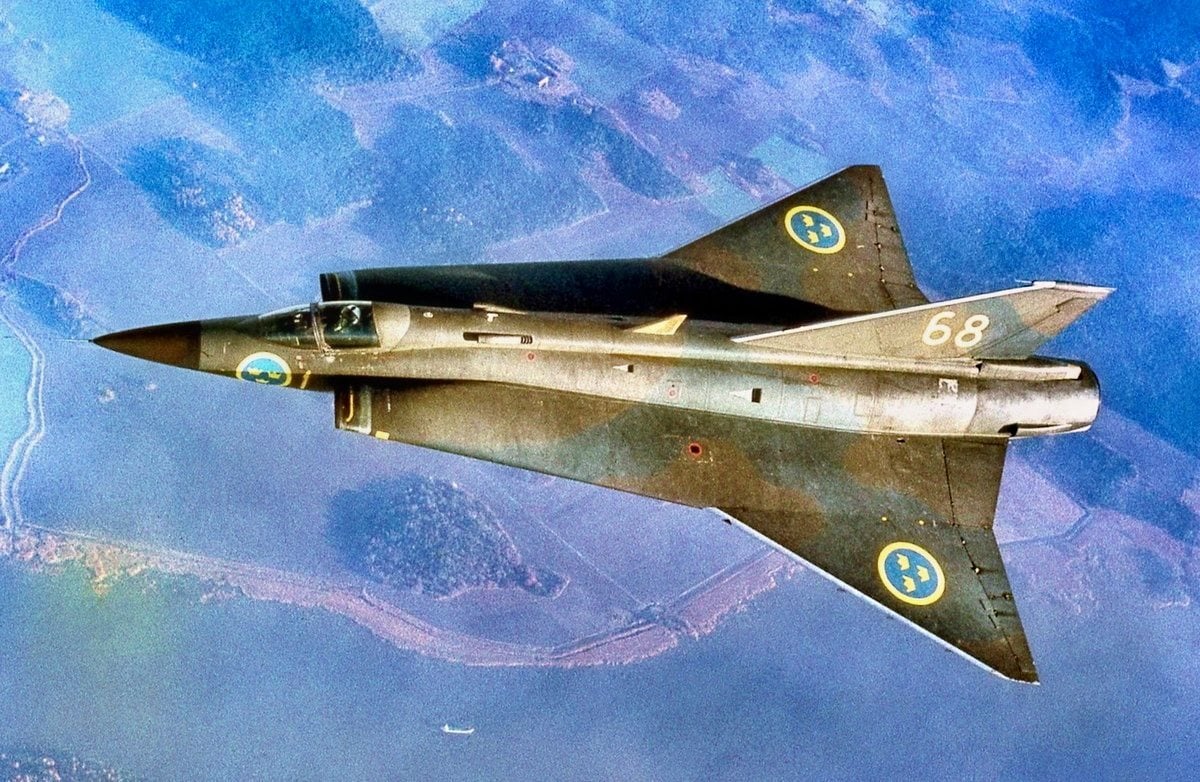
In the immediate aftermath of the largest conflict in human history, militaries around the world continued to introduce groundbreaking new military platforms. When it comes to aviation, the Swedish Saab 35 Draken (or Dragon) fighter jet is one of the most famous examples.
The Swedish Dragon
The Swedish Air Force and Saab developed the Draken as an all-weather interceptor to counter the Soviets.
Design began just after World War Two, in the late 1940s. By the mid-1950s, Saab had a prototype ready for action. Initial testing revealed an extraordinary aircraft.
To begin with, the Saab 35 Draken was one of the first aircraft in aviation history with a delta wing configuration. This design allowed the aircraft to perform aerial acrobatics including the Cobra maneuver, in which a pilot slows down an aircraft and raises the nose, thus breaking midair and causing a pursuing aircraft to pass in front of him.
The aircraft was also very fast. In a 1960 test flight, a Saab 35 Draken prototype reached speeds of Mach 2 – it was one of the first fighter jets to fly at twice the speed of sound.
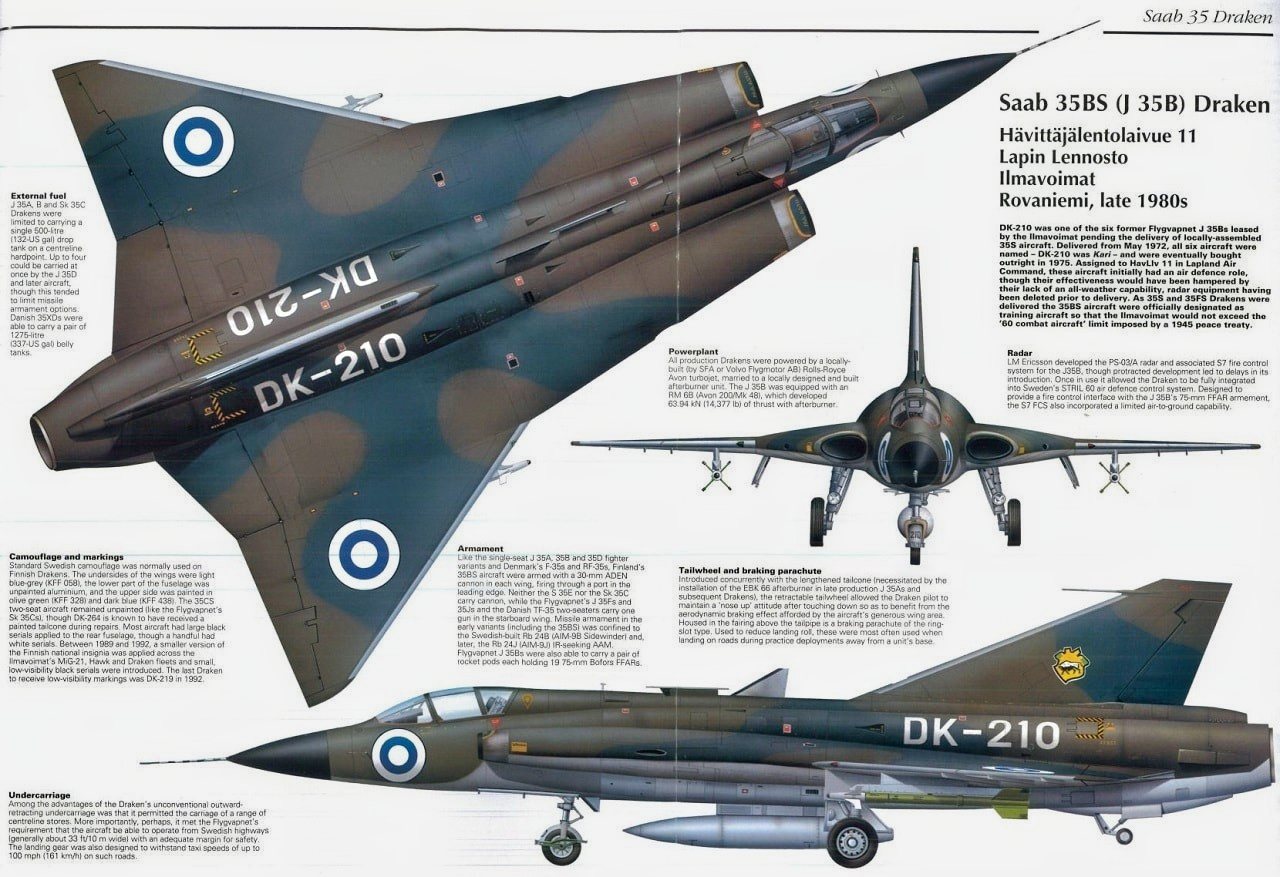
The Swedish interceptor could carry a combination of heat-seeking and radar-homing air-to-air missiles, as well as air-to-ground munitions, in six hard points. It also packed a 30mm gun (some variants had two) for close-quarters fighting.
The Draken was fairly successful in other markets as well. It served in the Austrian Air Force, Royal Danish Air Force, and Finnish Air Force. In total, Saab produced approximately 650 aircraft of the type. Throughout its life cycle, the Saab 35 Draken had eight different configurations that fielded minor to moderate alterations to the basic design, and the aircraft continued to incorporate new technology in the 1970s and 1980s.
Saab 35 at Mach 2 Protecting Neutrality and Guarding Against Russia
Amid the extreme polarization of the Cold War, Sweden was one of the very few countries in Europe to maintain its neutrality. It sat directly between the Soviet Union and NATO, so Sweden required a strong military to back this neutrality with force. Aircraft like the Saab 35 Draken, and later the JA 37 Viggen and JAS 39 Gripen, were designed to give the Swedish Air Force the strength it needed to ensure Sweden’s sovereignty.
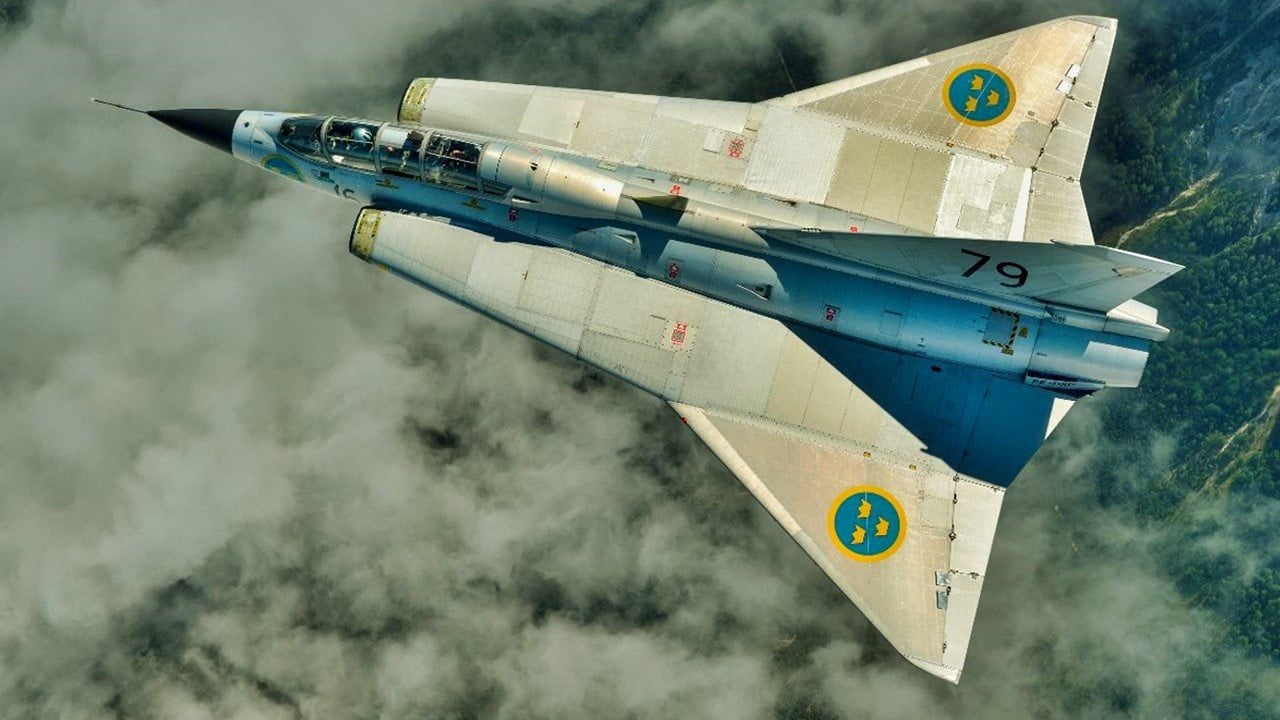
Today, Russia’s invasion of Ukraine has changed the geopolitical balance in Northern Europe and pushed Sweden and Finland to join NATO. However, the Swedish armed forces have the means and know-how to defend their borders alone, if need be.
About the Author
Stavros Atlamazoglou is a seasoned defense journalist specializing in special operations and a Hellenic Army veteran (national service with the 575th Marine Battalion and Army HQ). He holds a BA from the Johns Hopkins University and an MA from the Johns Hopkins’ School of Advanced International Studies (SAIS). His work has been featured in Business Insider, Sandboxx, and SOFREP.
